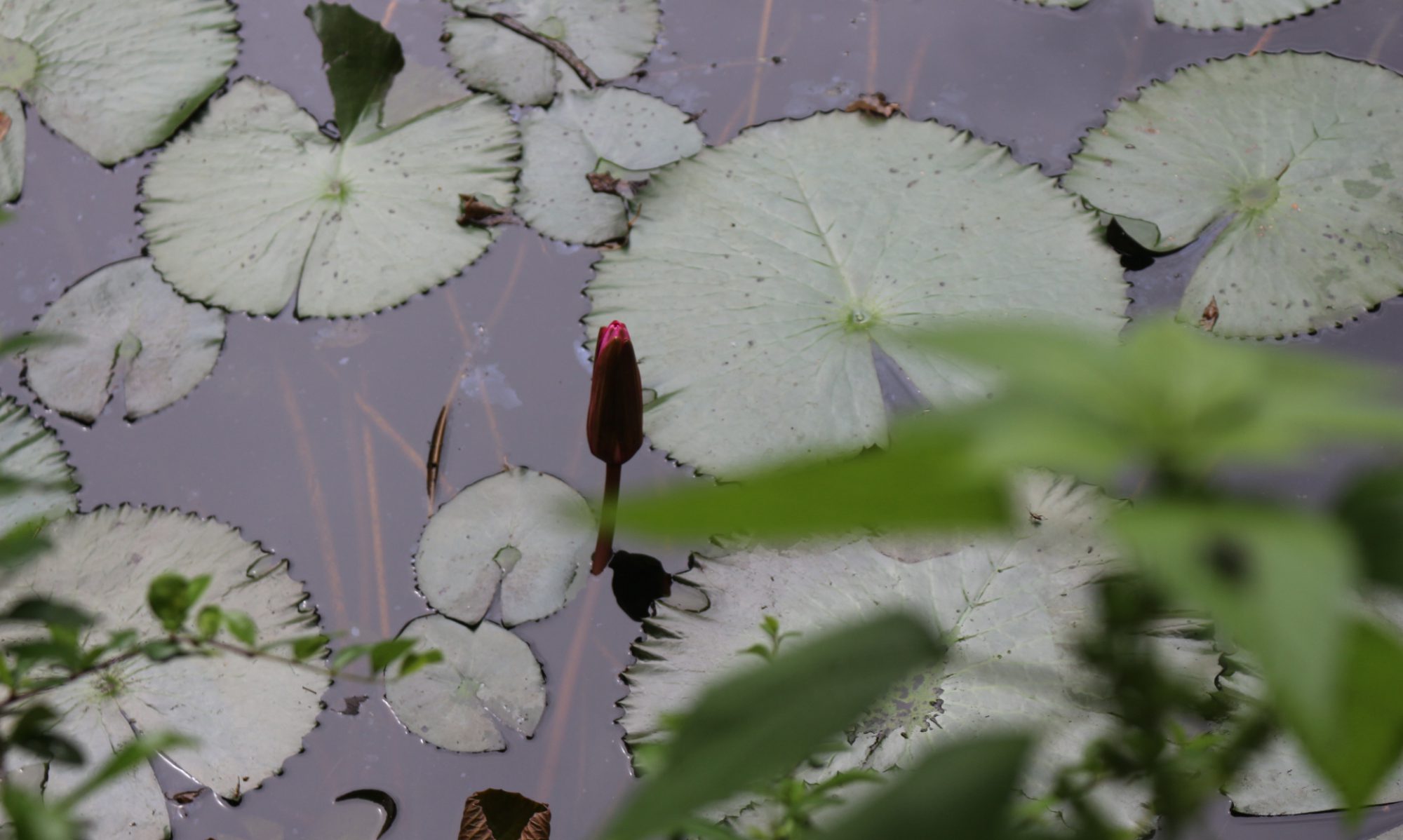Exploration Name: Life on Border
Exploration Dates: March 10 – May
Number of Students: 15
Essential Questions/Areas:
(1) What do students know about planning and running Exploration projects?
(2) What are the steps of running Exploration project?
(3) How to keep track of working process?
(4) How to use resources efficiently and transparently?
(5) How is the situation of people living along the border such as: education, health, economic and immigration?
(7) Why do people move there?
(8) What are the advantages and disadvantages of living there?
Description:
In our Life On Border group we learned a lot of things about border. Students know how to run the Exploration very well. Students know the goal to run their project. The first step that we can run our project is we learn about our goal. Our goal is Project Summary, Project Outcome, Project Mentors, Field Experiences, 21st Century Learning Skills and Core Curriculum Areas. After we learned about our goal we planned and thought. The situation of the people that live along the border is normal. Some people don’t have money so they don’t have work. Some people go to find work at Thailand so when the people go already some of the people can’t come back. People’s health is not so good at the border because they don’t have money to buy their food. They move to the border because if the people have the money they come to border to sell something because the border have a lot of people came from Russia to the Cambodia. So that why people want to make their business there. The advantage to live there is there are not a lot of bad people at there so it safe for people. The disadvantage to live there is if people don’t have money and they don’t have work they will not be safe for their life. We went to the border to learn and we saw some people have a work and some people don’t have work. Some people have a work but it like cart worker it is not easy to get the money. We interview the cart worker and the sellers. We went to casino to visit, but we didn’t get a chance to go in.





